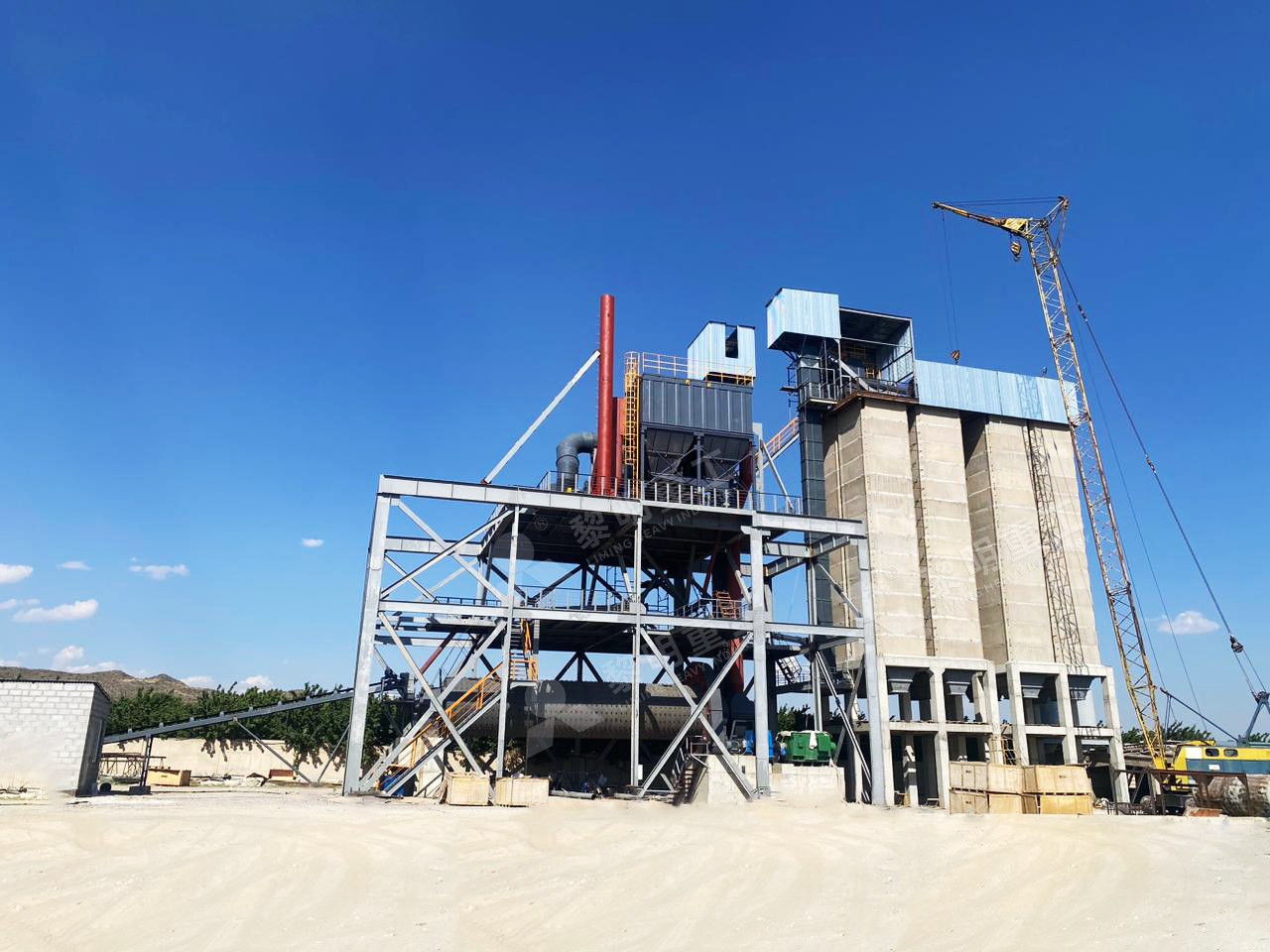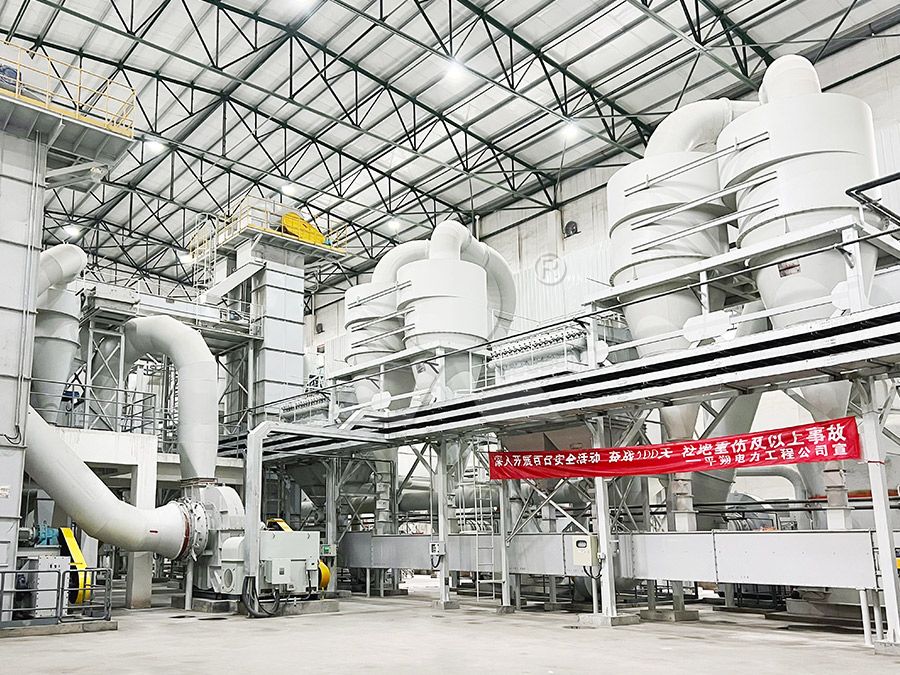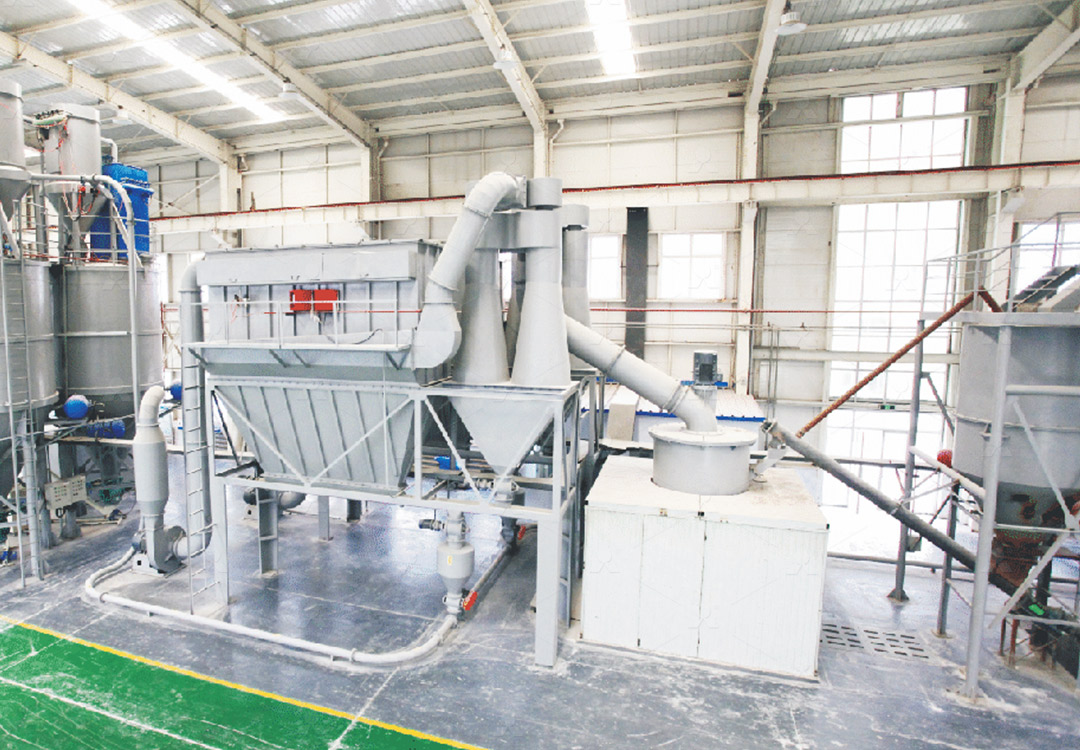Optimizing Cement Production: The Role of Ball Mills in Clinker Grinding
Optimizing Cement Production: The Role of Ball Mills in Clinker Grinding
For decades, the ball mill has been the undisputed workhorse of the cement industry, particularly in the critical final stage of clinker grinding. Its robust, horizontal rotating design, filled with grinding media like steel balls, has proven reliable for reducing clinker nodules into the fine powder that becomes cement. The principle is straightforward: as the mill rotates, the balls are lifted and then cascade down, impacting and abrading the clinker particles through a combination of impact and attrition forces.

However, the industry’s relentless drive for greater efficiency, lower energy consumption, and reduced operational costs has exposed the limitations of traditional ball mills. They are notoriously energy-intensive, with a significant portion of that energy being lost as heat and noise rather than being used for productive grinding. The grinding process itself can be inefficient, leading to over-grinding of some particles while others remain coarse, resulting in a wide particle size distribution that isn’t always ideal for cement strength. Maintenance, too, can be a chore, involving regular checks of liners, bearings, and the massive gear drive system.
The Shift Towards Advanced Grinding Technology
This quest for optimization has led to the development and adoption of more sophisticated grinding technologies. While the ball mill is far from obsolete, modern plants often look for solutions that offer a better return on investment through lower operating costs. This is where vertical roller mills (VRMs) and advanced ultrafine grinding systems have made significant inroads. These systems integrate multiple processes—drying, grinding, classifying, and conveying—into a single, compact unit, offering a dramatic reduction in energy use, sometimes by 30-50% compared to a ball mill circuit.

A Superior Alternative for Precision and Efficiency
For operations looking to push beyond the capabilities of standard ball mills, especially for producing high-precision or ultra-fine products, our MW Ultrafine Grinding Mill presents a compelling alternative. This machine is engineered for customers who need to make ultra-fine powder with exceptional efficiency. It’s not just about fineness; it’s about doing it smarter.
The MW Mill boasts a newly designed grinding curve for its roller and ring, enhancing grinding efficiency to the point where its output is twice that of a ball mill with the same power input. Imagine doubling your yield while simultaneously slashing your system’s energy consumption. Furthermore, its cage-type powder selector, leveraging German technology, allows for precise fineness adjustment between 325 and 2500 meshes, achieving a superb screening rate of d97≤5μm in a single pass. A key maintenance advantage is the absence of rolling bearings and screws in the grinding chamber, eliminating common failure points and concerns about loose components causing damage.

Complementing the MW Mill for other applications in your production line is our LUM Ultrafine Vertical Grinding Mill. The LUM integrates the latest roller technology and German powder separating tech, representing a top choice in the ultrafine grinding industry. It features a unique roller shell and lining plate grinding curve designed for easier material layer generation and a higher rate of finished product in a single pass. Its multi-head powder separating technology, controlled by a PLC system, solves the problems of high-precision powder cutting and fast switching between production demands, reducing energy consumption by 30%-50%. Its reversible structure is a maintenance engineer’s dream, allowing grinding rollers to be easily moved out for inspection and part replacement, minimizing costly downtime.
Conclusion: Choosing the Right Tool for the Job
The humble ball mill laid the foundation for modern cement production, but innovation never sleeps. While it remains a viable and well-understood option, the future belongs to integrated, efficient, and intelligent grinding systems. By considering advanced solutions like our MW and LUM mills, producers can significantly optimize their clinker grinding process, achieving not only superior product quality but also remarkable gains in energy savings, environmental footprint, and overall operational economy. The goal isn’t to replace the ball mill outright but to have the right, most advanced tool for the specific job at hand.
